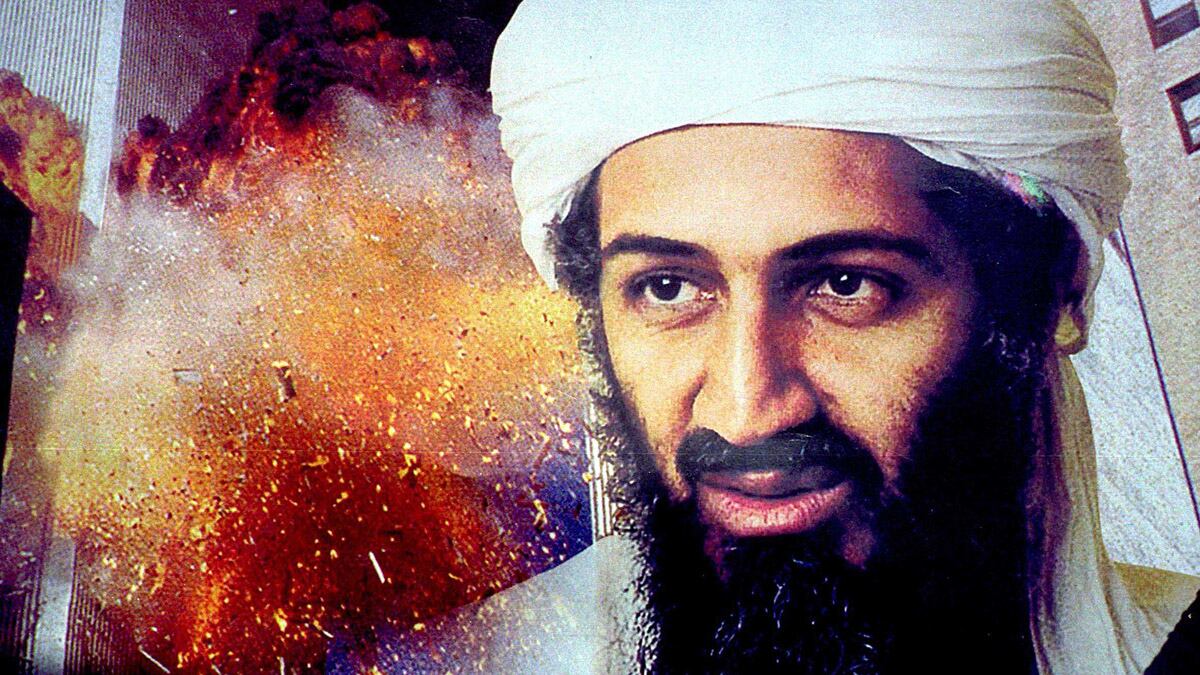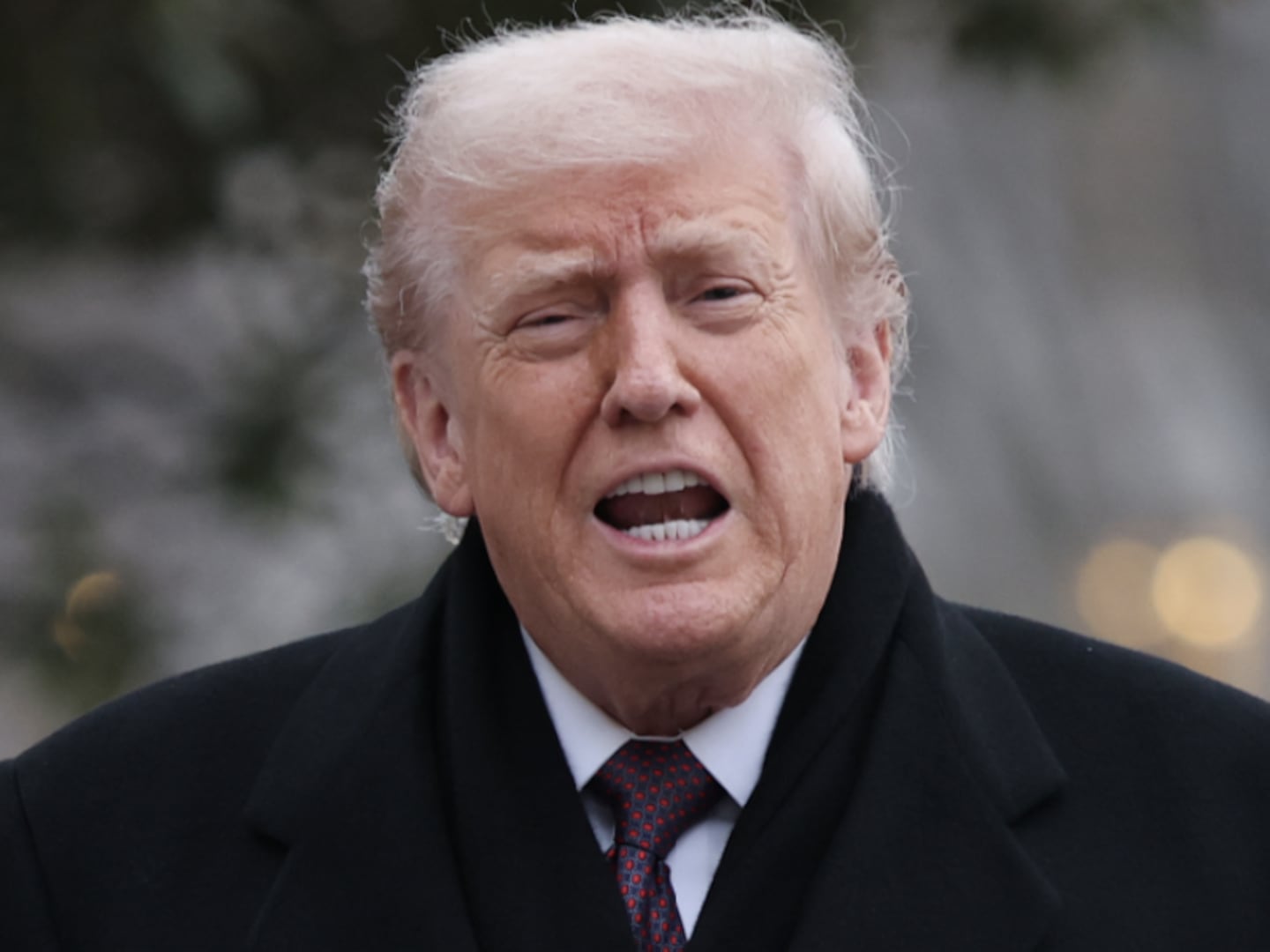Was it really just four months ago? With Americans fearful about a badly faltering economy, the 2012 presidential race gearing up, and the Middle East being remade daily, the death of Osama bin Laden seems like a distant occurrence—a moment of triumph that would feel out of place today—despite the looming anniversary of the 9/11 attacks.
A new documentary premiering on the History Channel on Tuesday, Targeting Bin Laden, unintentionally emphasizes the distance. By canonizing the event’s history, it both celebrates the greatest coup in the war on terror and situates it solidly in the past. If this is how the event will be remembered (and it will face stiff competition from the likes of Hurt Locker director Kathryn Bigelow), Targeting Bin Laden is a useful record of the lead-up to the fateful raid, its execution, and its aftermath, featuring exclusive interviews with key players—including President Obama.
But with Obama sticking strictly to his “no-drama” persona and conveying little emotion during his on-screen moments, the show is stolen by two other figures: Ben Rhodes, the deputy national-security adviser for strategic communications, and Ryan Zinke, a former member of SEAL Team 6 who’s now a Montana state senator.
It’s Rhodes who puts the whole saga in context. “I realized after those helicopters took off that I wouldn’t be sitting in the room where I was if it weren’t for 9/11. I saw those Twin Towers get hit with airplanes ... And that’s when I decided that I wanted to move down to Washington and try to be a part of whatever was going to happen next,” he says. “You’re sitting there thinking through all those things. Your personal story, the story of the country, what’s going to be going through the minds of the people who lost loved ones.”
The chronology of the two-hour film is straightforward, starting not from bin Laden’s initial jabs at the United States—the 1998 African embassy bombings or the attack on the USS Cole—but on Sept. 11. From there, producer Phil Craig and director Bruce Goodison trace the hunt for the world’s most wanted terrorist over the following decade—a frustrating period of missed opportunities and dead ends, with the only bright spots coming in painstakingly slow, deliberate work of opaque interrogations and endless call monitoring. The hunters’ work only gains momentum when they get a lucky break—a mistake by al Qaeda courier Abu Ahmed al-Kuwaiti that was caught on a wiretap by a computer in Maryland. Much of what the filmmakers report in this section has been revealed elsewhere.

The film hits its stride when the president gives the raid the green light, despite serious reservations of several top advisers. The film notes that the White House Correspondents’ Dinner, held the night before the raid, had greater perils than just the president’s humor routine flopping. “There’s a dangerous mix in the room: journalists, White House insiders, and alcohol,” the narrator intones. “If someone makes a single indiscreet comment, then it’s all over.” But the administration couldn’t cancel the event without raising eyebrows—in fact, ABC’s George Stephanopoulos was curious about the cancellation of White House tours the following day, a curiosity barely staved off by a surprised Chief of Staff Bill Daley over dinner.
Meanwhile, in Jalalabad, Afghanistan, Adm. Bill McRaven and his team were preparing for the raid. Here, Zinke’s insight is excellent. Like every other journalist and documentarian who has written about the raid, the makers of Targeting Bin Laden did not have access to the men who actually dropped into the Abbottabad compound on May 2. But Zinke, as a former member of the superelite SEAL Team 6, is able to offer viewers a window into how the soldiers train, how they think, and how they would have approached the flight and the firefight in the house both mentally and physically.
Reenactments are a potential minefield for any documentary filmmaker. There are a few misfires here (the actor portraying Leon Panetta resembles the defense secretary only in his trademark rimless spectacles), but the dramatization of the raid is vivid and insightful, if somewhat gory. It demonstrates the limits of the written word to describe such action and provides a needed supplement to granular accounts, including Nicholas Schmidle’s indispensable New Yorker tick-tock and an excellent Associated Press story from mid-May.
The film also fills in some new details: SEALs opened doors only to find brick walls and other barriers, and one SEAL saw bin Laden at the top of the stairwell while on a lower level, squeezed off a shot, and missed. That incident seems to have been a much-needed tonic in Washington—vindicating the president’s decision to attack, and reassuring a group of observers shaken by a Blackhawk helicopter’s crash landing.
As the documentary recounts, even when bin Laden was dead, the mood remained tense. “I think at the time I said something very brief. I said, ‘We got him,’” Obama recalls. “But there was no whooping, there was no hollering, there was no high-fiving inside the Situation Room. All of us were focused on, are these guys going to get out safely?”
It’s left to Juan Zarate, a Bush administration counterterrorism adviser, to articulate the catharsis many Americans felt—although he felt it more acutely. “The one great image that comes out of this is the fact that bin Laden’s final sight on this earth was the muzzle of a U.S. Navy SEAL,” Zarate says. “For those of who have been looking for bin Laden for a long time, to know that is the final sight he saw is actually a moment of joy.”
Although the film generally joins the crowd of hagiographic accounts of Team 6 that have followed the raid, it occasionally raises some pointed questions. Even while celebrating the SEALs’ ability to adapt to a new plan after losing the chopper, the narration twice emphasizes that the raid exceeded the tight 30-minute limit McRaven imposed, and suggests that tardiness could have been fatal. Overall, however, the tone remains positive.
The president is also depicted quite favorably. Although a bit stiff in his interviews, the film suggests a circumspect, incisive, and decisive Obama—a portrait aided by on-screen boosts from his underlings, including Rhodes, National Security Adviser Tom Donilon, and counterterrorism adviser John Brennan. It isn’t so kind to George W. Bush, who is implied to have been an ineffectual cowboy. As a narrator discusses the repeated misses in the hunt, viewers are treated to clips of Bush drawling, “We’ll smoke ‘em out of their holes,” and “There’s an old poster out West that says, ‘Wanted: Dead or Alive,’” before finally saying rather flippantly, “I don’t know where he is.” (We are spared, thankfully, the standard liberal talisman of his saunter across the deck of the USS Abraham Lincoln.)
But this whiff of politics is all the more interesting given how the film concretizes and historicizes these events. Will voters remember, or even care, that Obama was able to do what Bush failed to do over seven years and two wars? Come November 2012, his campaign will be hoping there are plenty of history buffs in the American electorate.






